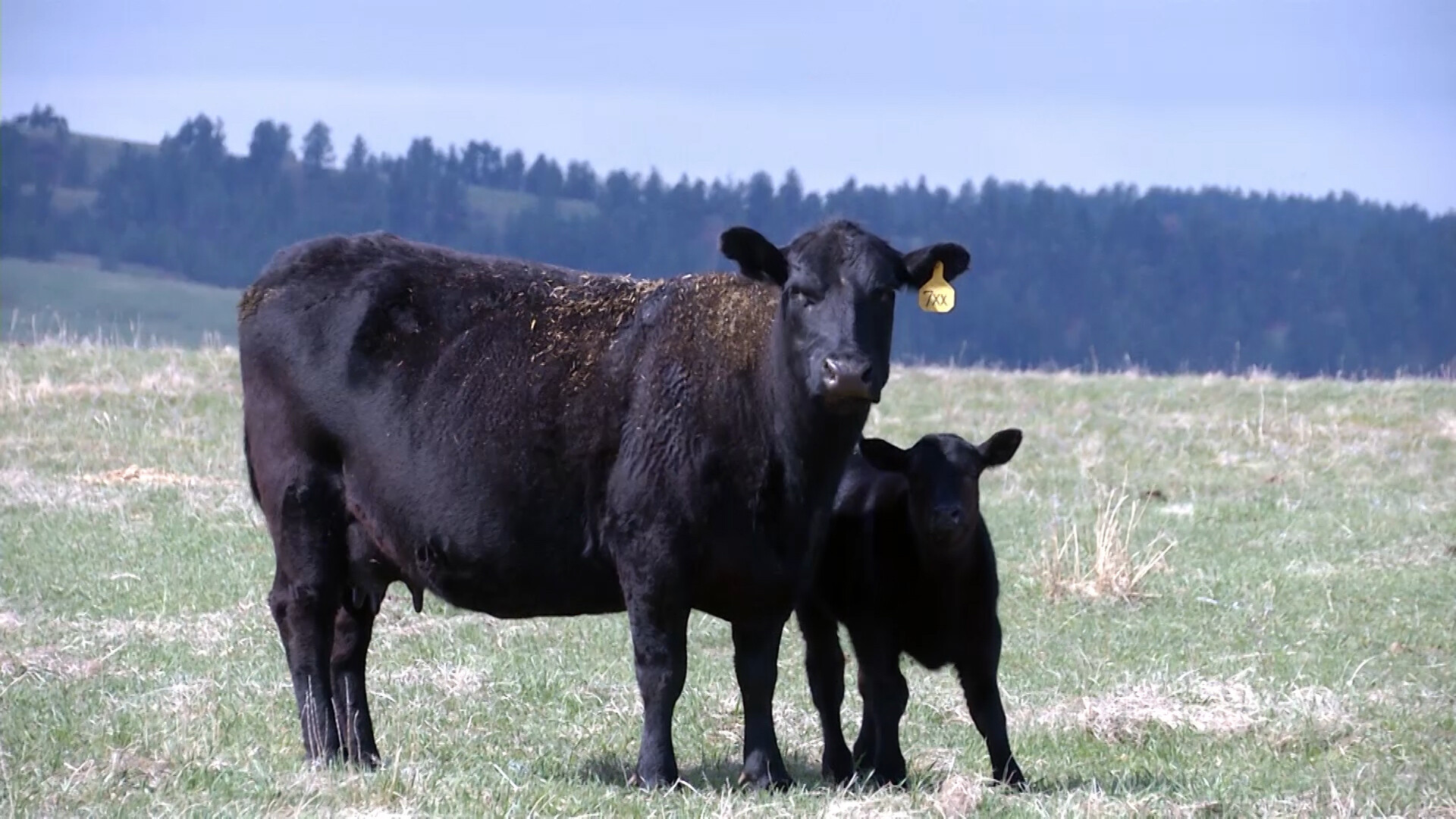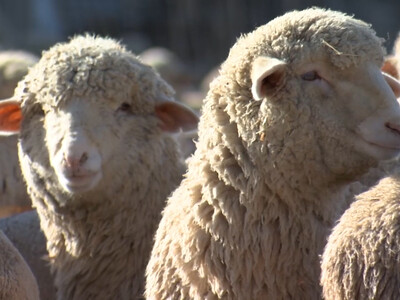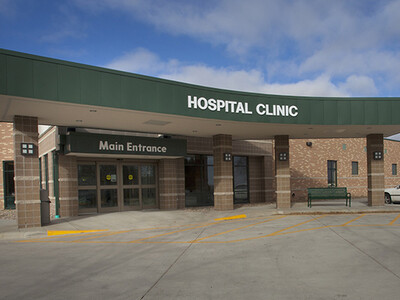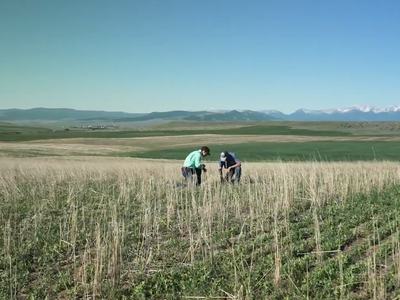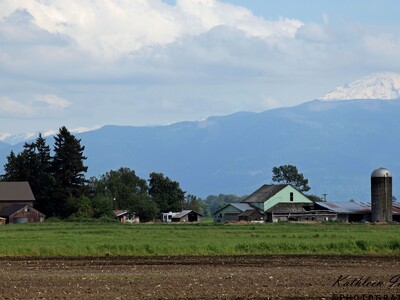The Importance of a BRD Prevention Plan
Bovine Respiratory Disease is most often thought of in stocker and feedlot operations, but it should also be on the mind of cow-calf producers. Dr. Daniel Cummings is a Professional Services Veterinarian with Boehringer-Ingelheim, who says it’s important to put together a plan for preventing and managing BRD. Without a plan, the costs associated with respiratory disease in cattle can be high."We recognize that pneumonia and respiratory disease is the leading cause of death in calves three weeks of age and older – research has demonstrated that" said Cummings. "But the ultimate loss of profitability or production is associated with less weight at weaning, so we tend to see calves that can weigh anywhere around 36 pounds less at the time of weaning than their healthy counterparts, and so the effects of that have to do with decreased performance, decreased production, or if they start grazing, they’re just not as active and not as efficient as a healthy calf would be.”
He says cows with BRD will likely struggle to reproduce effectively and will be culled from their herd quicker than healthier cattle. That's why it’s important to develop a multi-faceted approach to BRD.
“That would include solid nutrition, vaccination programs, consulting with your veterinarian, and to develop that vaccination program that is going to best suit your operation for the risks that are associated with disease on that farm, and that varies by region and it can vary by farm" said Cummings. "Nutrition and vaccination to also boost colostrum – I think we recognize the importance of colostrum in fighting that disease off early-on in life. And so, colostrum is critical, and we have an opportunity to enhance both the quality and quantity of colostrum through vaccination and a solid nutrition program, which also involves trace minerals, and understanding the important role that trace minerals in immunity.”
Other important elements of the plan are low-stress handling and controlling parasites, both of which help improve the animals’ vaccination response. Other tips include testing for and removing any persistently infected calves, as well as promptly and properly diagnosing and treating calves with signs of BRD.
Cummings talks about the tools that producers can use to diagnose BRD. He recommends what is known as the DART method.
“The D would be for Depression – when a calf has pneumonia or respiratory disease, we know it will have droopy ears, it will hold its head down, or be lethargic" said Cummings. "The second thing is appetite. Calves that are sick are going to be slower to come to the bunk and have a reduced appetite, and one of the things to recognize there is calves want to be with their herd mates and so, they might be in the group coming to the bunk, but we really have to watch for them if they are actually eating. The third leg of that is Respiration, so looking for abnormal breathing patterns, and so that would be increased respiratory effort. And the bottom line is that we want to be able to recognize when that calf is struggling to breathe, and that’s really what we’re looking for; increased respiration rate and increased effort. And then finally, temperature. The normal temperature in bovine is right around 102 degrees Fahrenheit, and so any deviation, especially above that, would be considered a fever and a response to an infection, and so, with the temperatures around 104 or 105, we start to recognize that there might be an infection and that could be criteria for diagnosing BRD.”
He says the treatment recommendations should cover all four bacterial pathogens that cause BRD.
“The four main ones we see are Mannheimia Haemolytica, Pasteurella Multocida, Histophilus Somni, and Mycoplasma Bovis, and so, we want to choose an antibiotic that covers those four pathogens" said Cummings. "And we would like for that antibiotic to get there quickly, reach lung levels where the site of the infection is at a rapid rate, but also have some extended activity in that site so the animal can recover and we can see lungs healing and those sorts of things when our antibiotic is used appropriately.”
He says good recordkeeping will help farmers evaluate which treatment methods are most effective in each herd.
Source BI & NAFB


